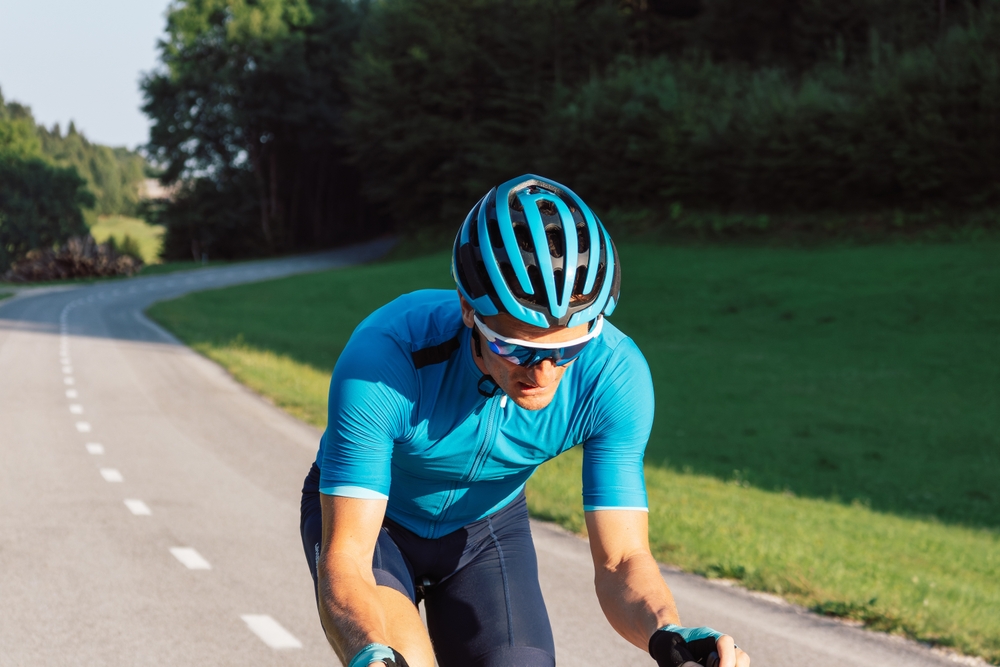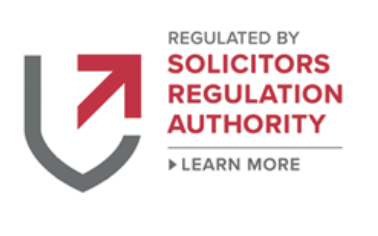Cycling in winter can be a bit more challenging due to the lower temperatures and poor weather conditions. As we head into those colder months, it is even more important to make sure that your bike is roadworthy as the weather begins to change.
Whilst you might only use your bike for commuting or on the weekends, these checks will help keep you safe when you’re out and about. They also help minimise the risk of a cycle accident. You’ll also want to consider other factors for safe riding such as wearing reflective clothing, dressing correctly for the weather, and pre-planning your route.
-
Check the condition of your tyres and their pressure
Before every ride, it’s best to give your tyres a quick check to ensure that there are no issues with their condition. Look for any signs of wear and tear, and gauge whether the pressure is correct. You can increase the pressure of your tyres yourself at home by using a bike pump, these can be either electric or manual pumps.
You should also ensure that the tread of the wheels is suitable and that they haven’t worn down too much. The tread shouldn’t be massively worn down, otherwise you’ll see a significant loss of grip when you are cycling. This is the case for both road cycling and off-road cycling.
It is also worth looking into winter tyres as they have an adapted tread and are suitable for the weather changes. These are typically more expensive than your standard tyres but they are worth it when you’re cycling in winter. Your bike will be able to cope better with the conditions and you’ll also feel more confident in poor conditions. This is especially important if you’re using your bike for commuting as you are more likely to be out and about in these conditions.
-
Ensure that your brakes are fully effective
Before going out on your bike, it is important to check your brakes for wear and tear. This includes the brakes themselves, as well as the brake cables as they can fray and become ineffective. These must be working before you embark on your ride. Weather conditions play a big part in your safety when you’re out, especially when you are cycling in winter. This is because rain and ice can have an impact on how quickly you can stop. This is made even worse if your brakes aren’t working properly and could had devastating consequences.
You’ll be able to feel if your brakes aren’t working, but it’s also good to check visually as well. These are often inexpensive things to fix on a standard bike, so it shouldn’t be an issue to get these replaced. You can find parts like these at any reputable bike store or at larger stores such as Halfords. If you notice anything which seems to be worn, you must make sure that you fix these issues before you set off.
If you are unsure of how to fix your bike yourself, we recommend that you seek help and advice from a professional to ensure that your bike is repaired correctly.
-
Clean your bike regularly and thoroughly
Cleaning your bike is more than just making sure it looks good, it can help prolong its life and improve your safety when you are on the roads. If your bike has dirt and grime on it, this can lead to rusting and corrosion, so cleaning it regularly can help avoid this.
You can wash your bike with soap and water, or you can buy specific bike cleaner. Make sure not to use a power washer or anything with high pressure as this can cause damage to the bicycle. If you wanted a deep clean, you could also buy brush kits which are specific for bicycles. By cleaning your bike regularly, not only will it ensure a smooth ride, but it’ll also help with the longevity of your bike as well.
-
Make sure your lights and reflectors are working properly
Sometimes we don’t check our lights as often in the summer as we tend to ride during daylight hours. However, as the shorter days creep in, riding in the dark might be inevitable if you are taking journeys during the mornings or the evenings. This is particularly true of people who commute using their bike as standard work hours means that your journey could be in the dark. When you’re not visible by other road users, you end up being more likely to be involved in a cycle accident.
It is the law to have the lights on your bike turned on after sunset and before sunrise, so make sure that your bike has them fitted in the correct places. In the UK it’s essential to make sure that both your lights and reflectors are working. Not only does this allow you a clearer view of the road, but it also allows other road users to be able to see you and take any necessary precautions. Depending on your routes, it may also be worth checking the intensity of your lights as they may need to be stronger in dimly lit areas where streetlights are not present.
Having a well-fitted light will also help you feel more confident and comfortable cycling in winter as you will have a clearer path and you will be able to see any puddles, potholes or debris on the road.
-
Be ready for all weathers
We all know how unpredictable the British weather can be, one minute it’s dry and clear, and the next minute it’s pouring down with rain. It’s definitely not fun getting caught out in these situations…
Whilst wearing a waterproof jacket might be obvious, items such as a waterproof backpack cover would also be very useful. If you cycle in shorts, it might be a good idea to pack a pair of tracksuit bottoms in your bag just in case the sun clouds over and it starts to get a bit chilly.
It’s a good idea to wear layers when you’re out cycling, and make sure to bring an extra jumper just in case. If it says it’s going to be dry all day, it most probably will, but it’s better not to take the chance. The last thing you want when you’ve set off on your adventure is to be cold and soggy, wishing you were back at home.
-
Keeping yourself safe when you’re on your bike
Whilst making sure that your bike is prepared for cycling in winter, you’ll need to make sure that you are as well. First, you’ll need to make sure you’re dressed correctly. This includes wearing hi-visibility clothing to ensure that you can be seen by other road users. You’ll want to make sure that you are as visible as possible as this will help reduce the risk of any accidents. Next, you’ll need to wear layers, this way if you do get warm when cycling, you can pull over to a safe area and remove a layer, or vice versa if you start to feel colder.
If you’re on a long bike ride, you should consider bringing snacks which are going to fuel you on your journey and help bring up your energy levels. You can take whatever food you’d like, but you can also get specific foods and drinks which help increase your energy
Bike maintenance is important all year round
The best way to ensure a safe ride, is by regularly checking your bike. By taking these safety precautions, it not only ensures a safe ride, but also an enjoyable one. Bike maintenance isn’t just necessary for cycling in winter, it’s essential all year round. You can also be extra prepared by carrying around a bike repair kit just in case something happens when you’re out and about and you can fix it yourself.
It’s great to have a cycling toolkit on hand at home. This allows you to quickly and confidently repair and alter any parts of your bike which need some attention. These often include Allen keys, spanners, drivers and more. You can either buy the components separately, or you can buy a specific tool kit for your bike. Some of the items which you need may already be in your current standard toolbox.
There are many tutorials online of how to do these repairs, but we recommend if you’re new to this or unsure what you need to do, that you have your bike repaired by professionals. It’s better to have repairs done correctly, than to try yourself and make errors.
What to do if you have an accident?
Some things are out of our control, and unfortunately mistakes do happen. Whilst you are being as safe as possible, you may still be involved in a bike accident. In this case, it’s important that you get checked over by a medical professional, and they can provide a report of your injuries. You should also take any photos of the scene, and if a third party is involved, make sure you gather their insurance details, and details from any witnesses.
This means that if you want to make an accident claim, you’ll have all the relevant information to proceed with this. For more information, visit Cycle Accident Claims today.








